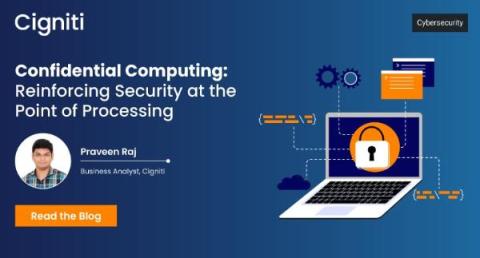Will AI Replace Software Quality Assurance Roles?
My horse recently had an injury. Initially, we suspected an issue with his hind leg due to prior swelling, but our vet suspected something else. To confirm her assumptions she also used an AI tool called Sleip.AI during the examination, and confirmed the problem in the front leg instead. This AI tool didn’t replace her expertise but accelerated her diagnostic process, showcasing how AI augments rather than replaces professional judgment.











